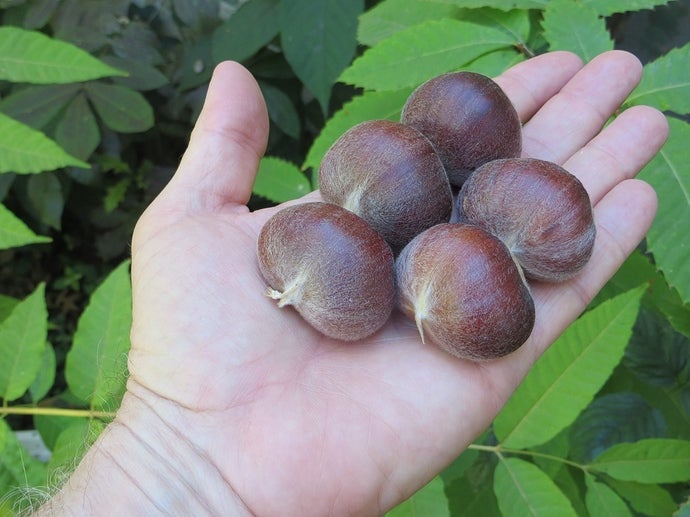Meals for the table from the landscape
Published 11:28 am Friday, July 24, 2020
|
Getting your Trinity Audio player ready...
|
by Max Phelps
Yards to Paradise
Stepping out the kitchen door to a small garden with garnishes and salad items and pots full of herbs, that used to be common in by-gone eras. Likewise, there were often fruit trees in the yard, or the backyard garden, with the orchard beyond.
I know I am not the only one thinking along this line. I remember strawberry preserves, blackberry jelly, apple pies and plum butter from trees and briars in a little orchard or from the fencerows. Letting the landscape provide some food does not automatically mean an overgrown or unkempt yard. As our ancestors were self-sufficient, it would be wise to go back to some of those practices and get some of our meals from the landscape or the backdoor herb garden.
“Green, Green, Grass of Home” used to be a fine country song, but big green lawns with a tree or two are on their way out of favor. There’s no need to jump overboard of the ‘green’ bandwagon. But, you have to admit a green sterile lawn with grass is about as un-natural as you can get. A mixed landscape that includes grass, naturalized areas, flowering bushes, fruit and nut bearing shrubs and trees, a garden area—that’s the sensible way things are trending.
Apples, pears, cherries, plums, pawpaws, serviceberries, jujubes, persimmons and many other trees that produce fruit could be incorporated into our landscapes. Tomatoes are easy, but so is asparagus, blueberries, thornless blackberries and so forth. Pecan trees, sunflower seeds, potatoes, peanuts, beans, hops—it’s surprising what all you can put in the yard if you think beyond what the neighbors are doing. I am growing blueberries, currants and gooseberries in large containers. An old blueberry that is healthy can produce 20 pints of berries a year; wow, and at $2 for a six ounce clamshell full at the store, what a return on the effort!
Kousa and cornelian cherry dogwoods have edible fruits, elderberries can look nice in a clump and provide a little fruit for jelly or syrup, same with serviceberries. Cranberrybush or black haw viburnum can be landscape plants and also fruiting bushes. Jujube, dwarf apples, medlars and sea buckthorn are additional suggestions. Maybe a couple fig trees or even olives for those readers in zone 8.
Grapevines for the trellis, arbor, pergola (some even have nice fall color), a hops vine, rose hips or prickly pear fruits? Kale, cabbages, violas, nasturtiums, daylilies, even dandelions can make a fine edible dish for the table.
Perhaps you’re beginning to realize you can landscape with plants that are edible, or bear edible fruits or seeds.
It can also make a big help on the yearly grocery bill if you can find even a couple meals a week without leaving your property. Not to mention the things you harvest are also likely to be more nutritious than the things you normally bring through the store check-out lane.
Beans? Pink beans? Pole beans? Purple beans? Lima beans? A $5 investment in seeds can easily bring back $10, $30 or $50 dollars return in a year.
Fitting some fennel, thyme, basil, sage, chives, onions, radishes or mustard into a niche or crevie in the landscape should be easy enough. There is always a new fruit, nut or flowering plant we could work into the landscape plan for our place. I believe Paradise has gardens, does yours?
Visit www.rockcastles.net for more information.





